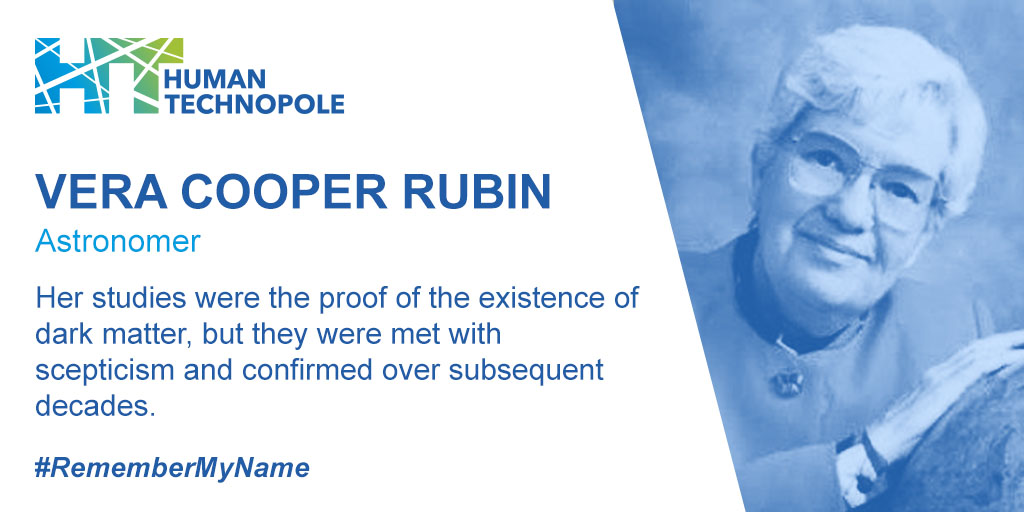Vera Cooper Rubin
Astronomer

Vera Rubin, (Vera Florence Cooper), American astronomer (born July 23, 1928, Philadelphia, Pa.—died Dec. 25, 2016, Princeton, N.J.), made groundbreaking observations that provided evidence for the existence of a vast amount of dark matter in the universe. The Swiss American astronomer Fritz Zwicky had in 1933 observed that the mass of stars within a galaxy that he observed was insufficient to keep the galaxy from flying apart, and he deduced that there must be some “missing mass” holding the galaxy together. In the 1970s Rubin, working with her colleague Kent Ford, began measuring the rotation of spiral galaxies and found that stars on the outer edges of galaxies spun at least as fast around the centre as those in the inner regions, counter to Rubin’s expectations. Rubin examined more than 60 spiral galaxies and found that her original observations were borne out in every case. The existence of a substantial amount of dark matter provided the most-reasonable explanation for those findings. Rubin studied astronomy at Vassar College, graduating in 1948. She earned (1951) a master’s degree from Cornell University and (1954) a Ph.D. from Georgetown University. Her doctoral thesis showed that galaxies are not distributed uniformly but instead are found in clumps. After teaching at Montgomery College and at Georgetown, Rubin joined (1965) the Carnegie Institution, where she spent the majority of her career. In the mid-1960s she was the first woman permitted to use the Hale Telescope at the Palomar Observatory at Caltech. Rubin met with resistance during her career because of her sex, and she was an outspoken advocate for women in the sciences. She was admitted (1981) into the National Academy of Sciences and was awarded (1993) the National Medal of Science.